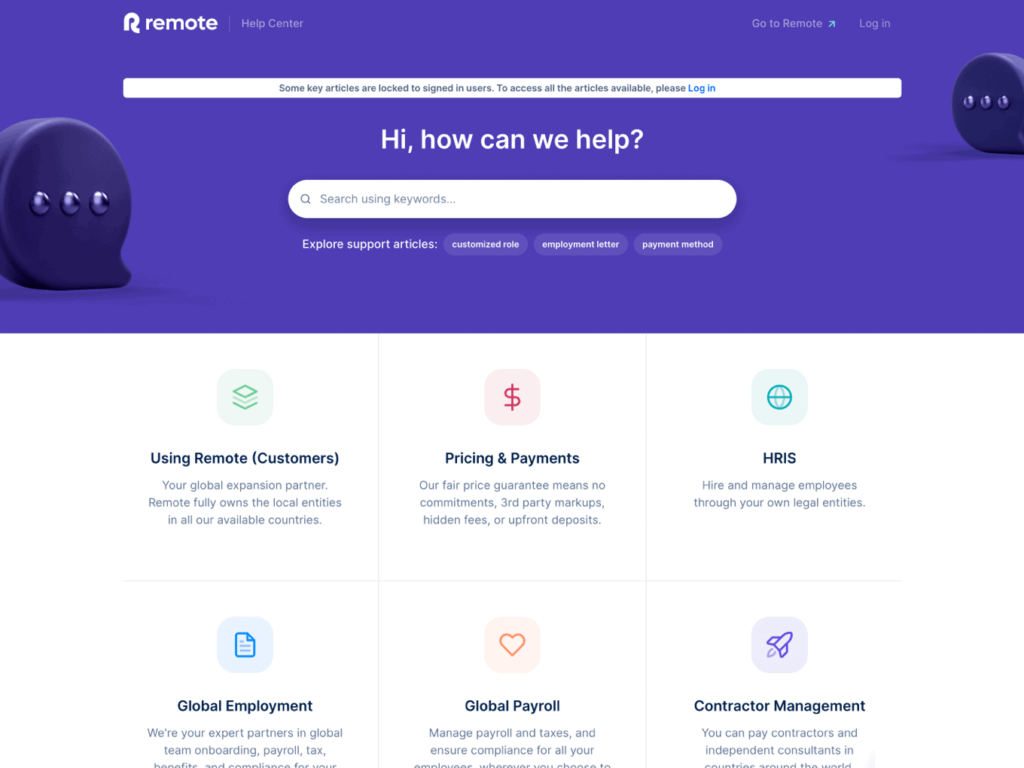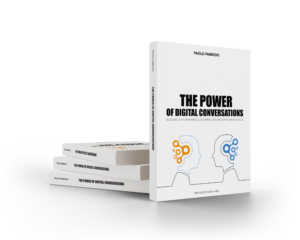Last week I spent a wonderful week in Ireland enjoying stunning landscapes a chatting with friendly people. Then, as I got back to work, such an idyllic picture was swept away having the first conversations with client companies. In fact, most customer service managers are struggling to integrate Gen AI solutions into their operations and – at the same time – striking a balance between conversational and self-service options for their customers.
Conversational customer support
It’s about handling interactions to provide the customer with meaningful assistance: e.g. helping them getting information or fixing an issue. In fact in such cases it’s the customer who ignites the conversation because they have a specific need. Based on the level of urgency, they choose a conversational channel, may it be the traditional phone call or a digital channels (email, live chat, video chat, messaging, social media, just to name the usual suspects. However, from a company standpoint, they have different options to handle conversational customer support:
- Fully human – all interactions take place between the customer and a ‘human’ agent throughout the whole conversation, regardless the channel or number of necessary interactions.
- Hybrid – AI or a chat bot starts handling the conversation with the customer then, when necessary*, they handover it to a human agent who will take care of it until its conclusion.
- Fully AI – an autonomous Gen AI agent capable of handling the whole conversation with the customer, freeing human agents to focus on other, more complex cases. As I’m writing now, majos SaaS providers have already sold solutions to client companies – especially big ones.
Related: 🎧 Using AI during or after the conversation.
Self-service support
This second scenario enables the customer to ‘do it by themselves‘ without needing to interact with the support team. The most common types of customer self-service include AI-powered Help Pages, knowledge base and online discussion forums. As the digital customer uses self-service options to find information in the quickest possible way, what they want is:
- Avoiding any waiting time that they would experience in having a conversation.
- Spot easily the help page, meaning that it’s is immediately visible in company’s home page (customers are not gold diggers!).
- Finding the information they’re looking for with the minimum effort; otherwise they get frustrated and will contact customer support in their bad mood.
See below an example of a clear, well structured help page.

Have you built up a winning mix?
As a Customer Service Manager, you know that striking a balance between conversational and self-service options is a must. In fact by doing so you can optimize both internal and external customer experiences, provided that you define carefully what contact reasons allocate to the first or second scenario. Then of course, adjust related processes accordingly.
💡 Curious to know how I help client companies? Get in touch.
Have great conversations.
Credit image: Unsplash.com







